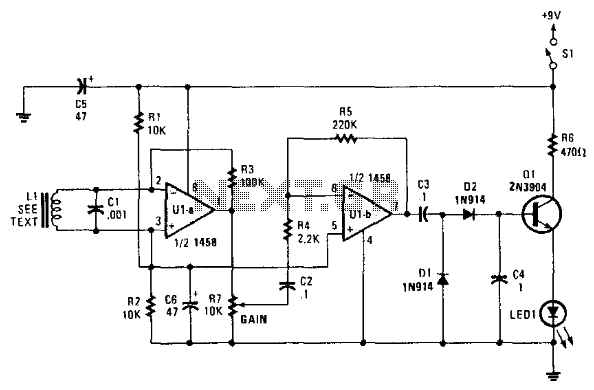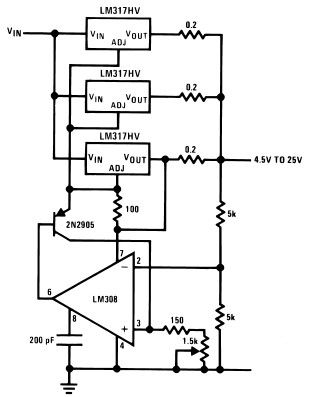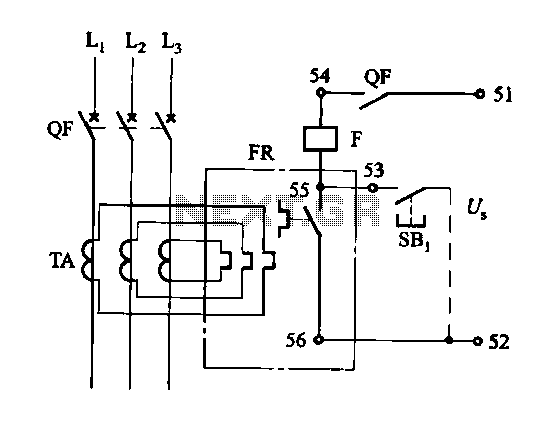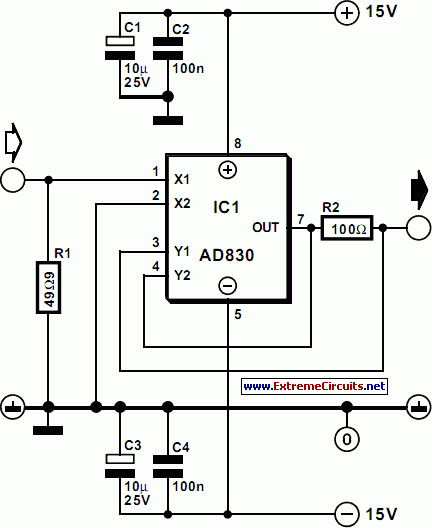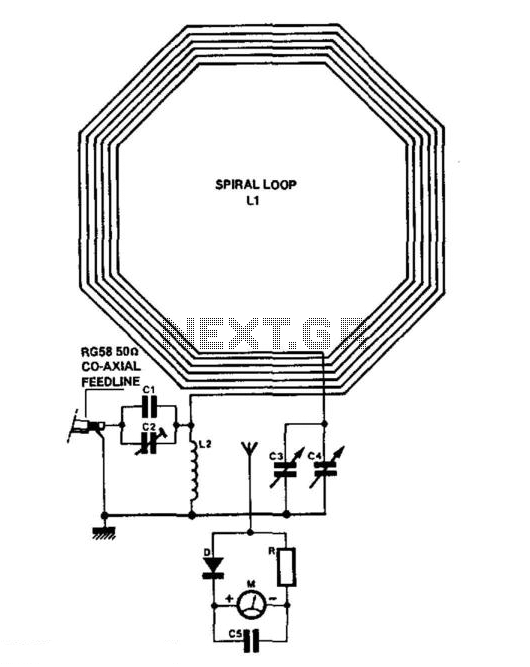
TMP01 4 to 20mA Current Loop
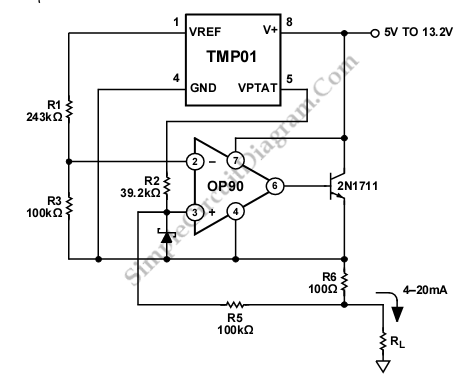
This is a 4 mA to 20 mA current loop circuit. This circuit is used to transmit a signal over long distances. The accuracy of this circuit is not compromised.
The 4 mA to 20 mA current loop circuit is a standard in industrial applications for transmitting sensor signals over long distances, commonly used in process control and automation. The circuit operates by varying the current between 4 mA and 20 mA, where 4 mA typically represents the lowest measurement of a variable (e.g., temperature, pressure) and 20 mA represents the highest. This current loop is particularly advantageous in minimizing the effects of noise and voltage drops over long cable runs, ensuring that the signal remains accurate and reliable.
The circuit typically consists of a current source, a sensor, and a load, which could be a display, a controller, or a data acquisition system. The current source is often implemented using an operational amplifier configured to maintain a constant current, regardless of the load impedance. The sensor generates a voltage proportional to the measured variable, which is then converted into a current signal by the operational amplifier.
In practice, the circuit may include additional components such as resistors for setting the gain of the operational amplifier, capacitors for filtering noise, and diodes for protection against reverse polarity. The use of twisted-pair cables is recommended to further reduce electromagnetic interference, enhancing the integrity of the signal during transmission.
The 4 mA to 20 mA current loop is favored for its simplicity and robustness, allowing for long-distance communication without significant loss of signal integrity, making it a preferred choice in various industrial monitoring and control systems.This is a 4 mA TO 20 mA CURRENT LOOP circuit. This circuit is used to transmit a signal over long distances. The accuracy of this circuit is not compromised.. 🔗 External reference
The 4 mA to 20 mA current loop circuit is a standard in industrial applications for transmitting sensor signals over long distances, commonly used in process control and automation. The circuit operates by varying the current between 4 mA and 20 mA, where 4 mA typically represents the lowest measurement of a variable (e.g., temperature, pressure) and 20 mA represents the highest. This current loop is particularly advantageous in minimizing the effects of noise and voltage drops over long cable runs, ensuring that the signal remains accurate and reliable.
The circuit typically consists of a current source, a sensor, and a load, which could be a display, a controller, or a data acquisition system. The current source is often implemented using an operational amplifier configured to maintain a constant current, regardless of the load impedance. The sensor generates a voltage proportional to the measured variable, which is then converted into a current signal by the operational amplifier.
In practice, the circuit may include additional components such as resistors for setting the gain of the operational amplifier, capacitors for filtering noise, and diodes for protection against reverse polarity. The use of twisted-pair cables is recommended to further reduce electromagnetic interference, enhancing the integrity of the signal during transmission.
The 4 mA to 20 mA current loop is favored for its simplicity and robustness, allowing for long-distance communication without significant loss of signal integrity, making it a preferred choice in various industrial monitoring and control systems.This is a 4 mA TO 20 mA CURRENT LOOP circuit. This circuit is used to transmit a signal over long distances. The accuracy of this circuit is not compromised.. 🔗 External reference
